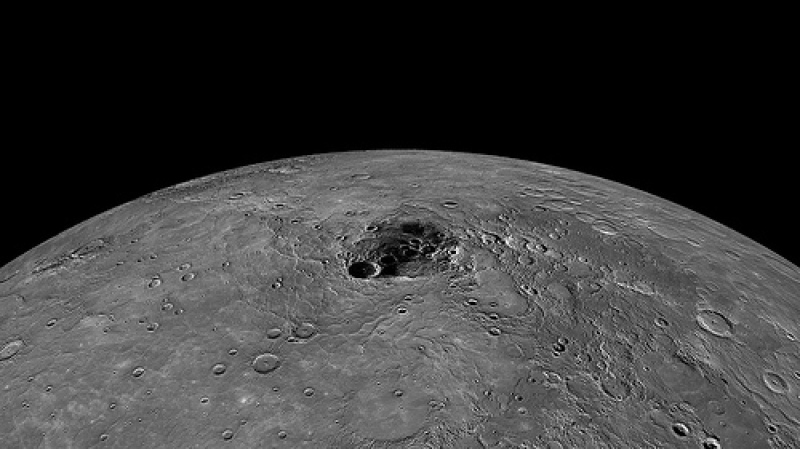
The National Aeronautic Space Agency (NASA) has started a contest that will allow the public to name the five craters of planet Mercury, Discovery News reported.
The competition was unveiled by the scientific team operating the space agency's MESSENGER mission, a robotic spacecraft that is currently orbiting the planet since 2004.
It was launched in partnership with various organizations such as the John Hopkins Applied Physics Laboratory, Carnegie Science and the International Astronomical Union (IAU).
According to the guidelines of the contest, anyone can participate as long as their entry submissions comply with the rules. Since Mercury's other craters are named after famous artists, participants should submit names belonging to famous poets, composers, musicians, painters or writers.
The contest's rules state that the owners of the names should be those who were famous for more than five decades but have been dead for at least the past three years.
Contest participants should also check if their entries were already used for other celestial bodies before submitting them, according to NBC News.
Currently, there are 372 identified craters on Mercury. All are named after famous historical artists such as the German composer Ludwig van Beethoven, film director Walt Disney and ancient Greek poet Homer.
All of the existing names of Mercury's craters are listed on the website of the IAU, the organization responsible for collating the names of celestial bodies.
The contest began on Monday and will end on Jan. 15 of next year. Those who would like to participate can send their entries to the contest's website created by Carnegie Science.
Once the competition ends, all of the entries will be reviewed by a panel of experts and representatives from the various scientific organizations. The IAU will then pick the five winning entries which will be announced sometime in March or April of 2015, which is the expected period that will mark the end of MESSENGER's operation.



















